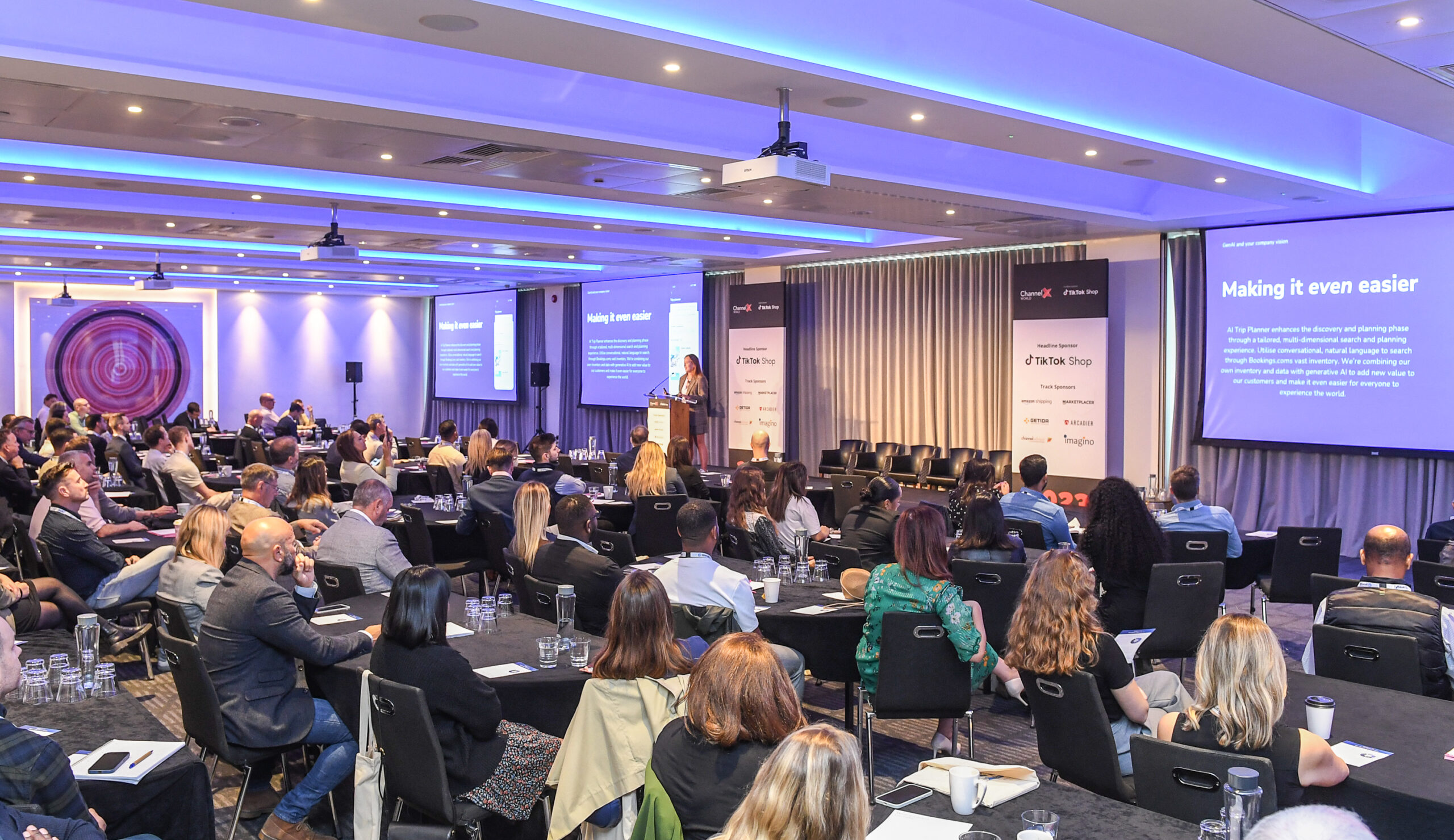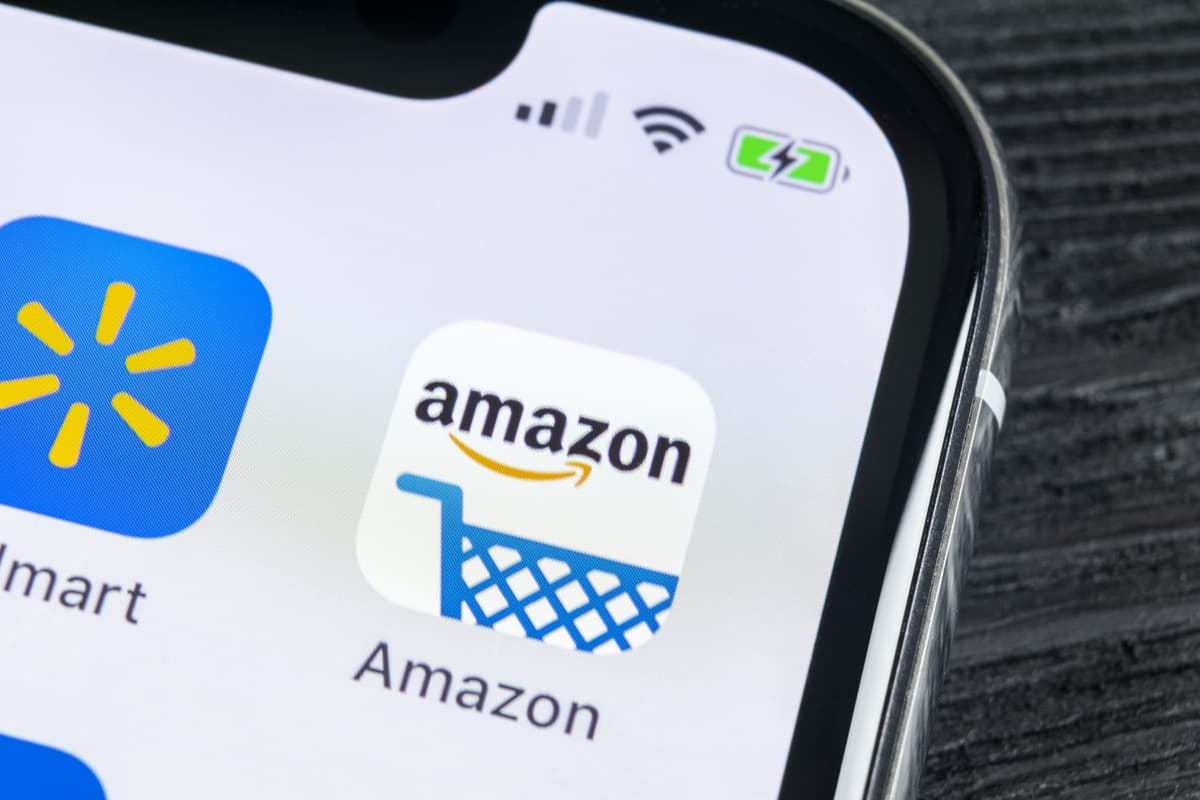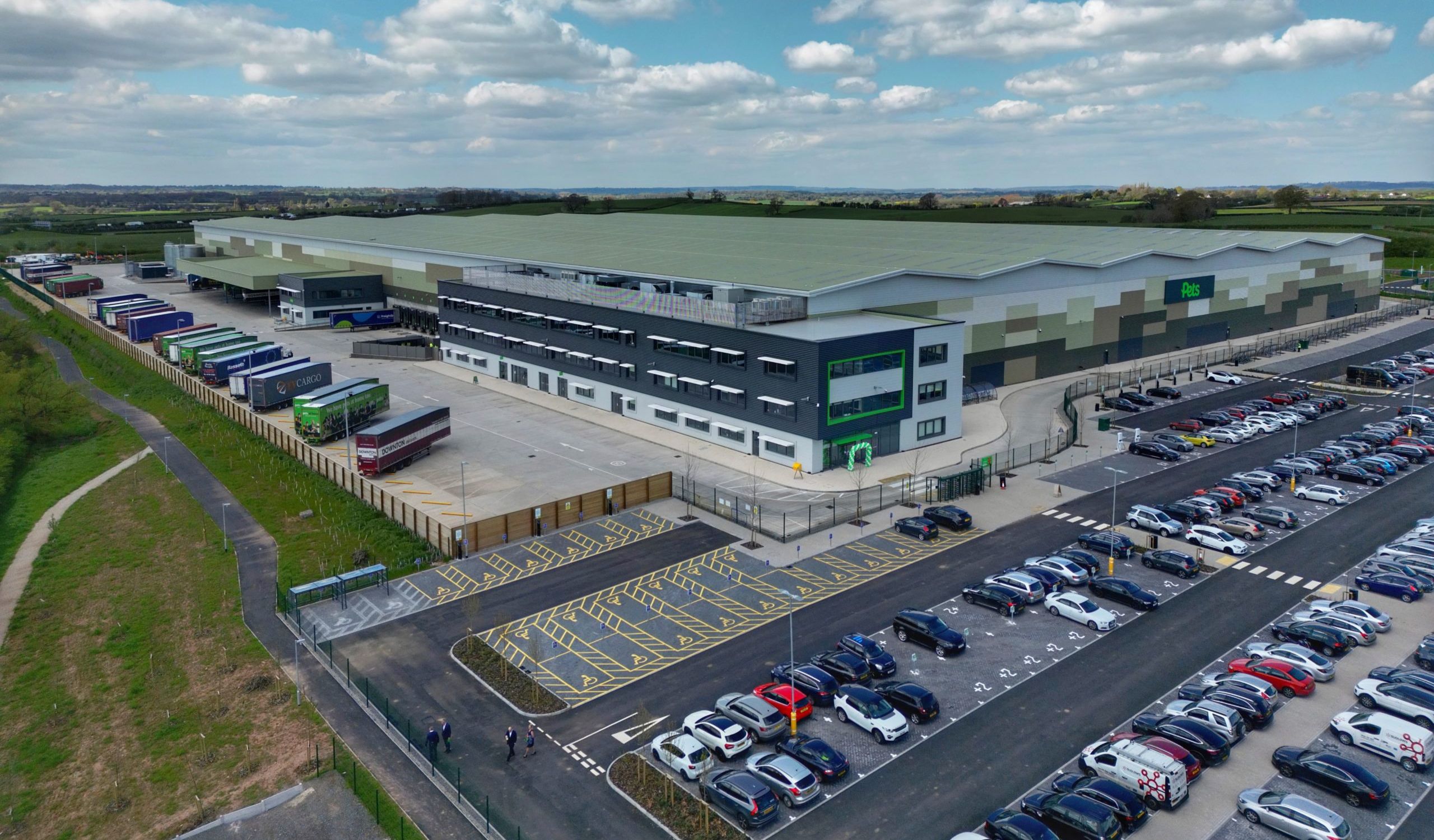David Jinks, head of consumer research at ParcelHero.com, talks about the looming– and worrying – prospect of 24-hour deliveries and how to prepare.
It’s a thought guaranteed to have logistics managers awake all night: 24/7 night & day shopping and delivery is likely to become commonplace by 2025.
Sorry if you have just spat out your coffee in disbelief. But remember, it was only back in 2012 that Amazon grasped the nettle and set up Amazon Logistics in the UK.
Before then deliveries were seen as a grim necessity; the unwelcome, expensive bit of ecommerce. Two-day deliveries were considered swift, Sunday deliveries unthinkable and 1-hour deliveries of products such as printers and cameras laughable.
But Amazon showed that deliveries are in fact a marketing tool. One that will win and retain new customers. The ecommerce giant’s desire to win ever more Prime members (who spend twice as much with it as non-members, remember) introduced new customer expectations such as free next-day deliveries and even free 2-hour deliveries in some areas – and now the genie is well and truly out of the bottle. Amazon and other ecommerce leaders have fed consumers’ expectations of near instant gratification, and the inevitable eventual result will be round-the-clock deliveries. ParcelHero’s latest research reveals around 25% of consumers would be happy to pay at least £3 extra for 24/7 deliveries. Prime members already pay a whopping £6.99 for a one-hour delivery up to midnight. That kind of mark-up can’t be ignored.
Where Amazon leads, other retailers – and therefore couriers and delivery companies – must follow or be left behind. In 2012 consumers might not have even realised they wanted deliveries within the hour or on Sunday morning. But now they have developed a taste for these options. As other retailers catch up, the world’s leading ecommerce retailers must go one better to keep hooking in new members. The next step is surely 24-hour deliveries.
24/7 deliveries are already commonplace in areas of China. Already Alibaba-owned Hema-FreshHippo supermarkets in Beijing and Shanghai offer a round-the-clock 30-minute delivery service that has proven highly popular with nocturnal shoppers.
Of course, that’s using local couriers to deliver from close-by stores; more of a Just Eats model than a national delivery strategy. But Alibaba’s model is certainly possible to replicate using the infrastructure behind Amazon’s Prime Now service, for example. Amazon’s Prime Now 1-hour deliveries of thousands of everyday essentials, electrical and household items are already available in cities such as Liverpool, London, Leeds and Manchester. The Prime Now service is largely sourced from neighbourhood stores and supermarkets such as Morrisons, using local couriers; in much the same way as the Hema service works in Beijing and Shanghai. It would be feasible to turn Prime Now into a 24-hour service using the local store network that have already bought in to the service. Remember, there are already plenty of customers paying £6.99 for a one-hour Amazon delivery any time before midnight.
Again, this seems to be a very localised strategy. But there is a nationwide model that might also prove invaluable already in action. Keep in mind there is already a strong network of national couriers offering standard overnight courier delivery. That means parcels are driven through the night to be at a local distribution centre ready for final delivery from 8am. There’s no reason why some of these journeys can’t link up with the ‘last mile’ delivery to customers, rather than then be held waiting in the warehouse. It’s all down to commercial benefit. Are shoppers prepared to pay enough for day-night services? Are ecommerce retailers prepared to spend enough on deliveries to keep themselves in the game?
It’s all a question of cost. It can be done, but is it worthwhile? It’s not only delivery drivers, but store or distribution centre workers that need to be paid extra. Would demand really cover these costs?
Make no mistake, once the option is there, there will be demand. One in five consumers want pharmacy items delivered to them in the small hours. One in ten customers are still ordering things up to 3am. In a society increasingly used to instant gratification shoppers see items they must have right Now – and night owl consumers are prepared to pay handsomely for such late-night deliveries.
Amazon spent an eye-watering $61.7 bn on logistics last year, that’s 26.5% of its net sales, because it knows deliveries are a marketing tool, rather than just a necessary evil. Where Amazon leads, other ecommerce retailers must follow. That’s why our research shows 78% of logistics companies expect to provide same day deliveries by 2023 – and are even investigating the feasibility of 15- and 30-minute delivery windows. Amongst this exponential growth in delivery options, night-time deliveries will have a strong part to play; becoming a vital lifeline and winning long-term customers. It won’t be surprising if the likes of Amazon and Argos, 24-hour supermarkets and pharmacy networks are soon delivering much later into the night.
And it’s not just Amazon awakening to night-time deliveries. On November 7, 2017, the Xbox One X was launched, and such was the excitement surrounding the arrival of the new console that Argos upped the ante on its Fast Track service – delivering games to lucky shoppers at exactly one minute past midnight. Gimmick this might have been, but it shows the basic infrastructure is in place for small hours deliveries!
Image: iStock






